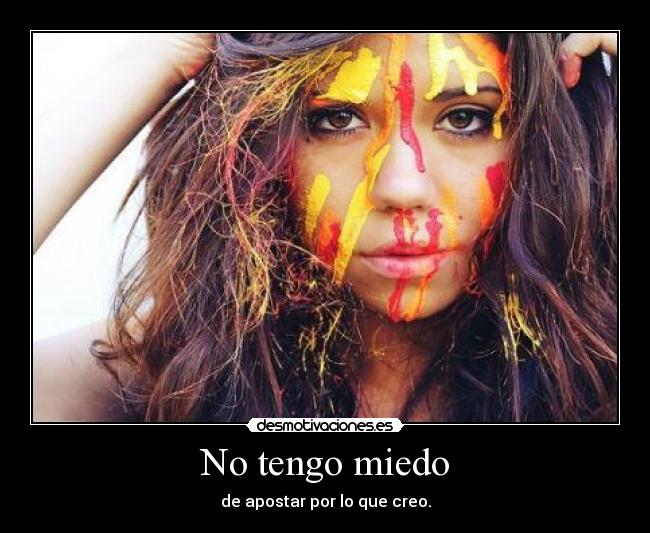

Only nine survive and they are displayed together in the exhibition for the first time ever. The exhibition includes other contemporary jewellery like pins and rings that you find across Ireland and northern Britain, but the chains are exclusive. And they’re made out of silver rather than bronze, a step change in the investment in personal ornament. Several centuries earlier massive bronze armlets had been made in the north east of Scotland – these look ridiculously heavy, but the silver chains are bigger still. At the time they were the heaviest jewellery that had ever been made in Scotland. The chains probably date to around the fourth or fifth century AD, a really crucial transition period between Roman Iron Age and Early Medieval Scotland. Pictish chain of 22 double links with ring engraved with designs inlaid with red enamel, from Whitecleugh, Lanarkshire, 6th or 7th century. Instead the coins were used to impress and were eventually buried in the ground, perhaps as offerings. They couldn’t spend them, and they didn’t melt them down either. Those coins became really important social status symbols to Iron Age communities. Scotland’s early silver arrived as coins, silver denarii that were used as bribes or “gifts” by the Roman Empire to divide and conquer the local Iron Age tribes beyond their frontier.

It first arrived in the lands we now call Scotland with the Roman army in the first century AD as a new material that changed how people showed and measured power and prestige. Silver was powerful in Scotland from the start – more important than gold for a thousand years. © National Museums Scotland As National Museums Scotland prepares to unveil an exhibition showcasing Roman and Early Medieval silver, Alice Blackwell, Glenmorangie Research Fellow, talks about about power and prestige in the first millennium AD Half of a silver platter with the head of Hercules in medallion and hunting scenes outside, from Traprain Law.


 0 kommentar(er)
0 kommentar(er)
